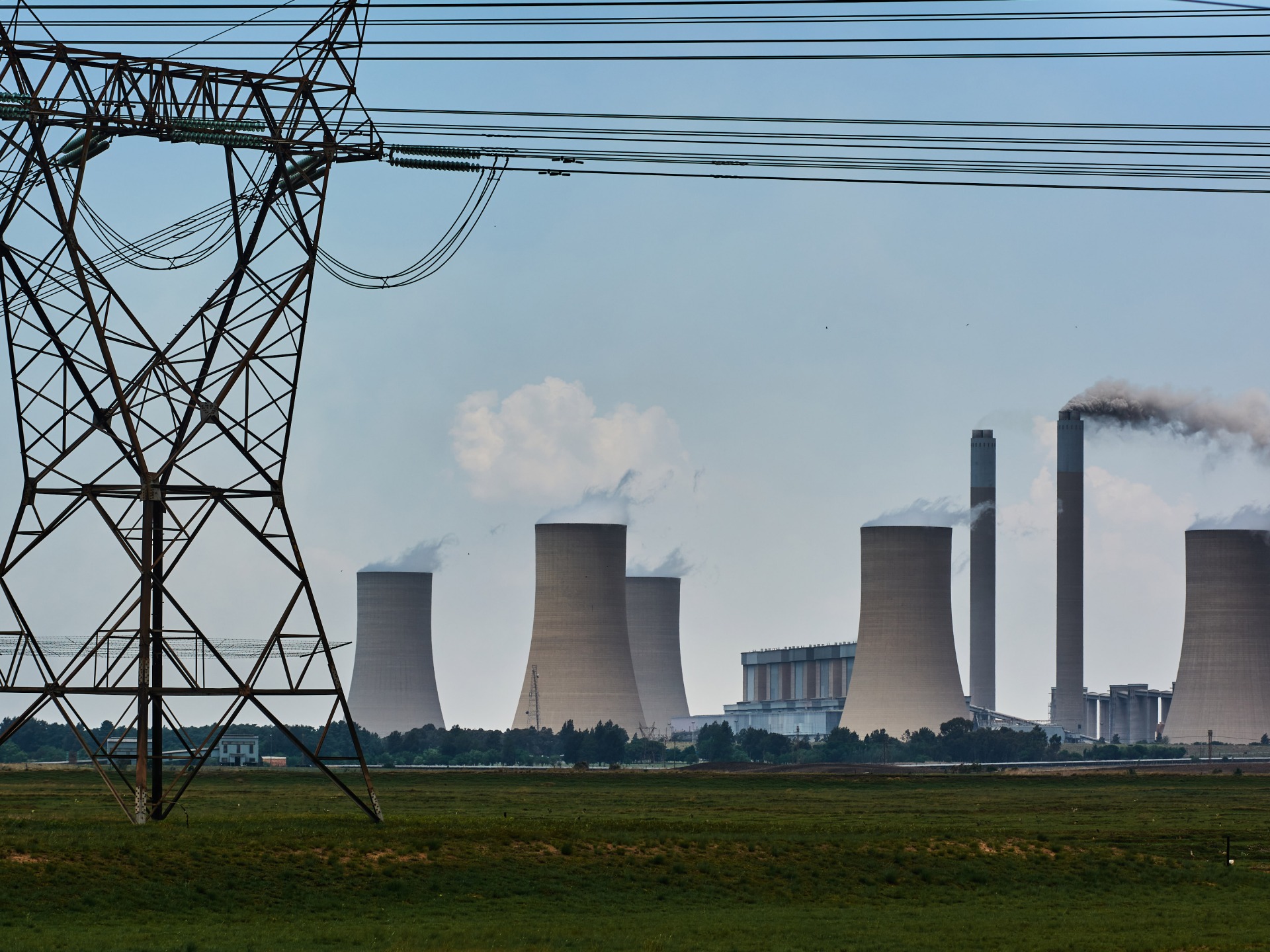Eskom, which generates more than 90 percent of the country’s power, has struggled to meet electricity demands in South Africa for a decade.
South African government plans to end recurring power cuts could take at least a year to deliver results, a top executive at state energy utility Eskom has said.
Africa’s most industrialised economy is set for its worst year of electricity outages, despite President Cyril Ramaphosa pledging new moves to tackle the crisis in July.
State-owned Eskom implemented extensive power cuts last week and is scheduled to do so again this week.
“We have various plans in place, I believe very good plans … however this is going to take time to implement,” Eskom Chief Operating Officer Jan Oberholzer said on Monday, adding: “For the next 12 months or so, we may not see the required benefits.”
Oberholzer told a news briefing that the performance of Eskom’s fleet of ageing, unreliable coal-fired power stations continued to deteriorate. He said 42 generating units, or almost 24,000 megawatts of capacity, tripped last week, with some units breaking down more than once.
Midway through its financial year, Eskom has spent 7.7 billion rand ($451m) on diesel to run emergency generators, far in excess of the budgeted amount, Oberholzer added, calling it a serious concern.
“It’s really a difficult situation we find ourselves in,” he told reporters.
Eskom, which generates more than 90 percent of the country’s power, has struggled to meet electricity demands in South Africa for at least a decade, but the outages have not been this severe since December 2019.
Besides its ageing plants, the company has previously also blamed the severe outages on a labour strike among its workforce.
